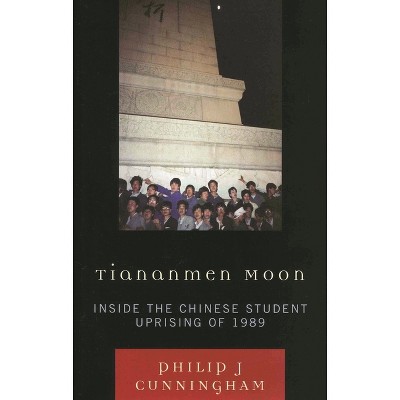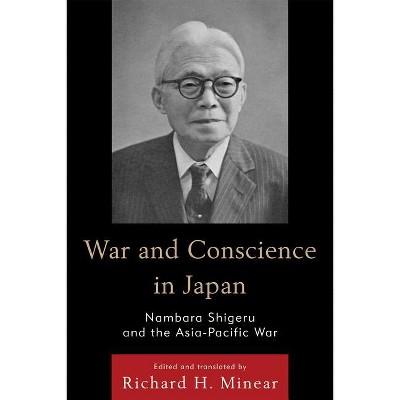Women in Qing China - (Asian Voices) by Bret Hinsch (Paperback)

About this item
Highlights
- This groundbreaking work provides an original and deeply knowledgeable overview of Chinese women and gender relations during the Qing Dynasty (1644-1912).
- About the Author: Bret Hinsch is professor of history at Fo Guang University, Yilan, Taiwan.
- 222 Pages
- History, Asia
- Series Name: Asian Voices
Description
About the Book
This groundbreaking work provides an original and deeply knowledgeable overview of Chinese women and gender relations during the Qing Dynasty (1644-1912). It explores the central aspects of female life in this era, including family and marriage, motherhood, political power, wo...Book Synopsis
This groundbreaking work provides an original and deeply knowledgeable overview of Chinese women and gender relations during the Qing Dynasty (1644-1912). It explores the central aspects of female life in this era, including family and marriage, motherhood, political power, work, inheritance, education, religious roles, and ethics.
Review Quotes
In this well-written study of women's history during the Qing dynasty--based on a wealth of primary and secondary sources in Chinese, Japanese, and Western languages--Bret Hinsch explores how issues of family and marriage, political and economic power, education, and morality affected female lives. Readers will appreciate Hinsch's analysis of how the complexities of political events, social problems, and evolving intellectual trends of the last decades of Qing rule influenced the changing ideals of Chinese womanhood in the early twentieth century. This volume is full of rich insights which will not only be appreciated by undergraduates but also by general readers who want to know more about the roles of women in Chinese history.
This survey of women's history during China's Qing era (1644-1912) is one in a series and follows the pattern that Hinsch has established in works on earlier dynasties and eras. The introduction provides an overview of the Qing era, with attention to changes in gender dynamics. Thematic chapters follow addressing family life, marriage, government policies relating to women, women's economic status, women's education, conceptions of female virtue, and predominant cultural images of women. The final chapter examines the transformation in thinking about women that accompanied the collapse of the Qing in the decades around 1900, as Chinese people encountered and promoted new concepts of citizenship and social equality. Concise and well written, this book will be useful in courses on the Qing and on women's history. Topics such as the cult of chastity, foot-binding, and gynecology are discussed with reference to current scholarship. Translations of primary sources, such as poetry illuminating women's lives, enliven the text. The excellent bibliography encompasses the most important studies on Qing women's history in English and Chinese. Recommended. General readers through faculty; professionals.
Women in Qing China is a concise, well organized, and balanced narrative designed to be used by instructors who teach women's and gender history in China. It is also of great value to anyone who is interested in learning more about what scholars have revealed in the last few decades about women's lives in Qing China.
Women's history has been one of the most exciting fields of Chinese studies for the past several decades, and no period has received more attention than the Qing with its rich sources. Bret Hinsch draws on this scholarship and his own studies of earlier periods to sketch the many facets of women's lives in this key period. Concise, readable, and lively, this book makes an excellent introduction to an important subject.
About the Author
Bret Hinsch is professor of history at Fo Guang University, Yilan, Taiwan. He is the author of Women in Ancient China, Women in Early Medieval China, Women in Early Imperial China, Women in Imperial China, Masculinities in Chinese History, Women in Song and Yuan China, and women in Ming China










